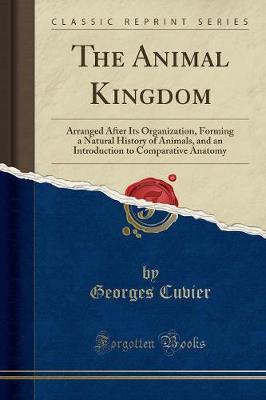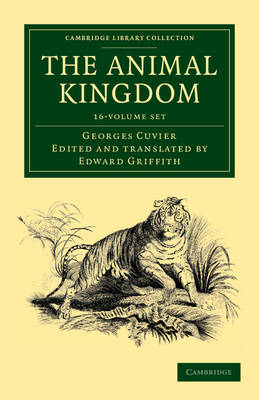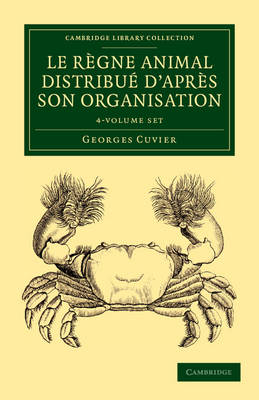Cambridge Library Collection - Zoology
13 primary works • 23 total works
Volume 1
Volume 1
Le règne animal distribué d'après son organisation: Volume 1
by Georges Cuvier
Volume 2
Le règne animal distribué d'après son organisation: Volume 2
by Georges Cuvier
Volume 3
Volume 3
Le règne animal distribué d'après son organisation: Volume 3
by Georges Cuvier
Volume 4
Volume 4
Le règne animal distribué d'après son organisation: Volume 4
by Georges Cuvier
Volume 5
Volume 8
Volume 9
Volume 10
Volume 15
Volume 16
A Classified Index and Synopsis of the Animal Kingdom: Volume 16
by Georges Cuvier
Le regne animal distribue d'apres son organisation 4 Volume Set
by Georges Cuvier
The Animal Kingdom: Volume 13, The Classes Annelida, Crustacea, and Arachnida
by Georges Cuvier
The Animal Kingdom: Volume 11, The Fossil Remains of the Animal Kingdom
by Georges Cuvier



